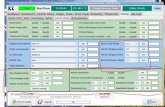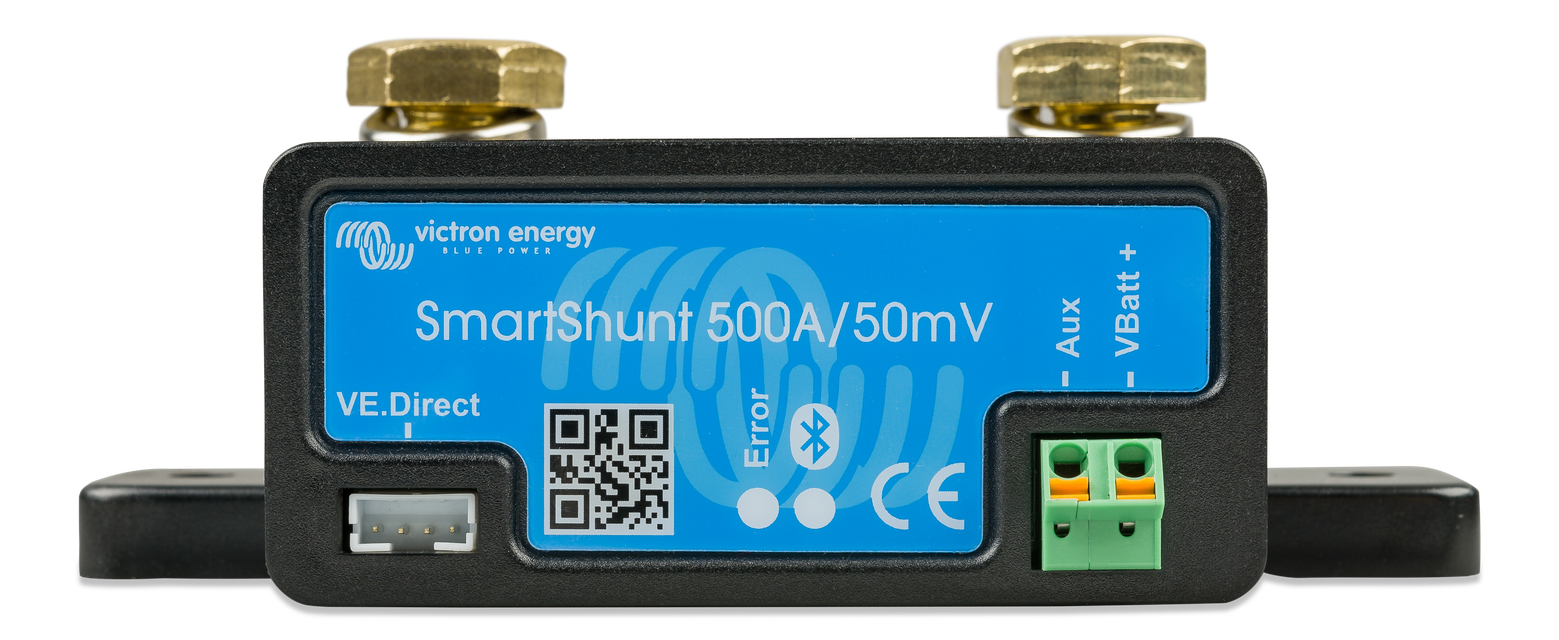Hello,
Just want to make sure I'm starting off correctly and not killing my batteries..
I'm running:
Volts:

Amps:

Secondly, below is my inverter settings, are these correct? The back to grid and battery cutoff is low because of the voltage sag, but If I set it to let's say 24.5v back to grid, I don't think I'm getting much capacity out of them.

So... Is all of this normal, or what should I change/look at?
Thanks!
Dion
Just want to make sure I'm starting off correctly and not killing my batteries..
I'm running:
- Axpert 3KVA PWM inverter - https://www.sustainable.co.za/axpert-mks-3-24-3kva-3-0kw-24v-hybrid-inverter.html
- 2 x 12 180 Ah Omnipower Batteries - https://sinetechstore.co.za/shop/ba...cle-rechargeable-agm-gel-hybrid-vrla-battery/
- 4 x 350Watt Sharp Solar panels
- Batteries are connected to eachother and the inverter with thick 6 gauge wire, very short.
Volts:

Amps:

Secondly, below is my inverter settings, are these correct? The back to grid and battery cutoff is low because of the voltage sag, but If I set it to let's say 24.5v back to grid, I don't think I'm getting much capacity out of them.

So... Is all of this normal, or what should I change/look at?
Thanks!
Dion



